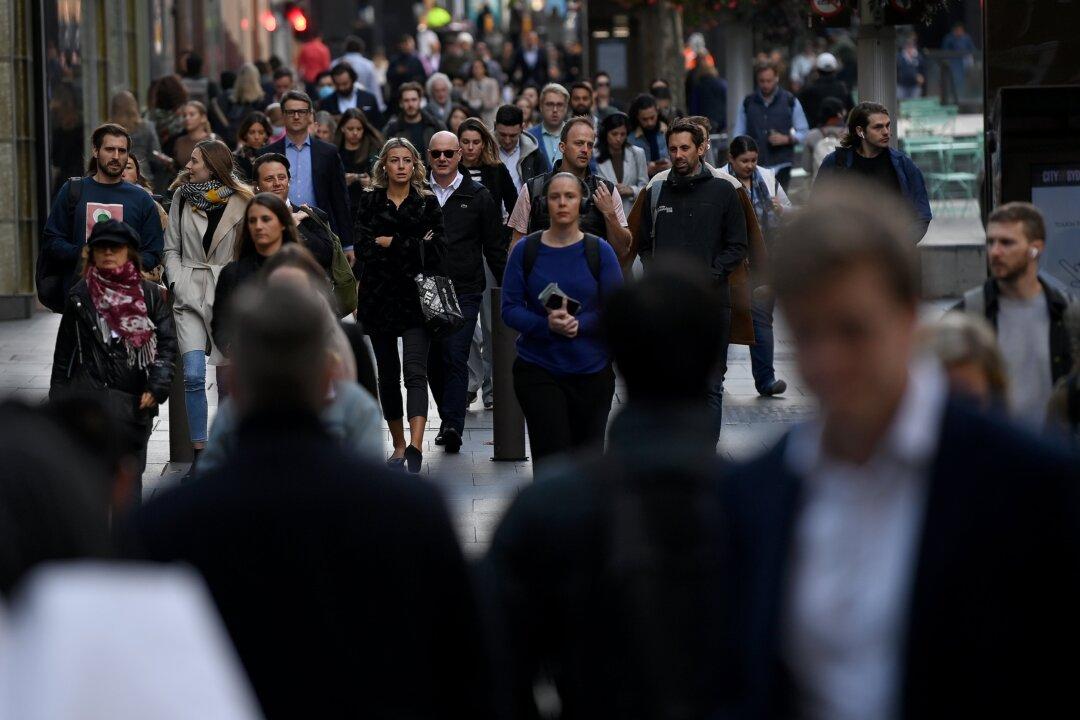Wages grew slightly more than expected at the start of 2025, offering households a modest recovery in purchasing power after years of high inflation, according to ABS data released on May 14.
The wage price index rose 0.9 percent in the March quarter, lifting annual wage growth to 3.4 percent, just ahead of the 2.4 percent rise in consumer prices.





